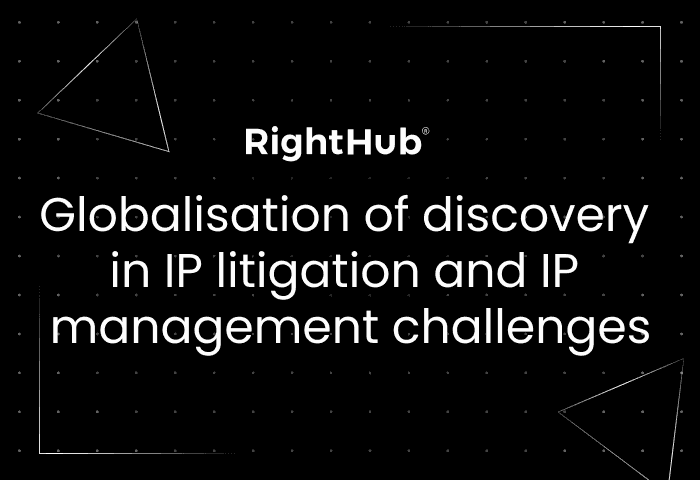One of the enduring effects of the global pandemic is the stronger realisation of how we are all connected, much more closely than we perhaps thought.
‘Globalisation’ was a word that first began tripping off our tongues only a few short decades ago and now seems a constant companion for every facet of life. Intellectual property is no exception.
Some of this awareness has arisen from widening our gaze to see the impact of actions in one country on the rest of the world. Discussions on climate change, for example, make it clear that wildfires in one part of the world affect us all in a way we never realised was even happening before.
Much of that awareness has come from the introduction of speed into our lives. Information that took weeks to move from one country to another happens instantaneously now. The sheer volume of high-speed global travel means that health concerns can move much more quickly from one landmass to another. And there is a volume of information to sort through that is competing for our attention in an unprecedented way in our personal and professional lives.
With advances in communications, technology and travel opening up new markets for many companies providing goods and services, it is little wonder that international filings through the World Intellectual Property Organisation (WIPO) are rising too, in the hunt for more comprehensive protections in a wider variety of regions.
The Madrid System for trademark applications, despite a drop in 2020, rebounded in 2021 with a 14.4% growth to 73,100 applications which represents the fastest year-on-year growth since 2005. The Patent Cooperation Treaty filings hit 277,500 applications (up 0.9%) which is the highest level reached to date.
Global systems such as WIPO are reflected in increasing legislative cooperation between countries. The frequency of government commitments to international agreements and legally binding systems that apply across several countries is somewhat in stark contrast to the traditionally territorial nature of intellectual property rights. Nonetheless, the direction of evolution is clear.
Another signpost of this increasing globalisation of intellectual property law practice has appeared in the ongoing patent dispute in the German courts between Palantir (a US tech giant) and one of their early investors where a ‘testimonial discrepancy’ has allowed evidence gained in US courts – where discovery rules are less stringent, and a US provision permits the provision of evidence to foreign jurisdictions in certain circumstances – to be brought to bear in European courts.
This move is not unprecedented in intellectual property circles. Both Jones Day and Norton Rose Fulbright have successfully utilised this provision in patent cases previously. Multi-jurisdictional IP attorneys are taking note!
But the question arises as to whether, in this increasingly globalised world, is there really any such thing as an IP attorney who is not ‘multi-jurisdictional’? While new strategies in IP litigation are always welcome and needed, it is accompanied by a new problem – the expansion of the volume of information and documentation associated with any individual IP right, the speed at which it needs to be gathered, the number of people who might need access to it and how and when they will be empowered to do so.
Much of the traditionally manual labour associated with the practice of IP law is centred firmly on paperwork and the limitations of manual management thereof. As globalisation advances and the volume of paperwork associated with each individual IP right grows, solving these core issues is an important one if we are to keep pace with evolving legislation, rules and regulations.
While the protections afforded to corporate clients for their portfolios may well remain territorial in the long term, it seems unlikely that the relevant paperwork will. It may be a biased view, but collaborative cloud-based IP management is fast becoming an essential must-have tool to coordinate instant access to documentation, knowledge, strategies and efforts across jurisdictions, colleagues and clients.
